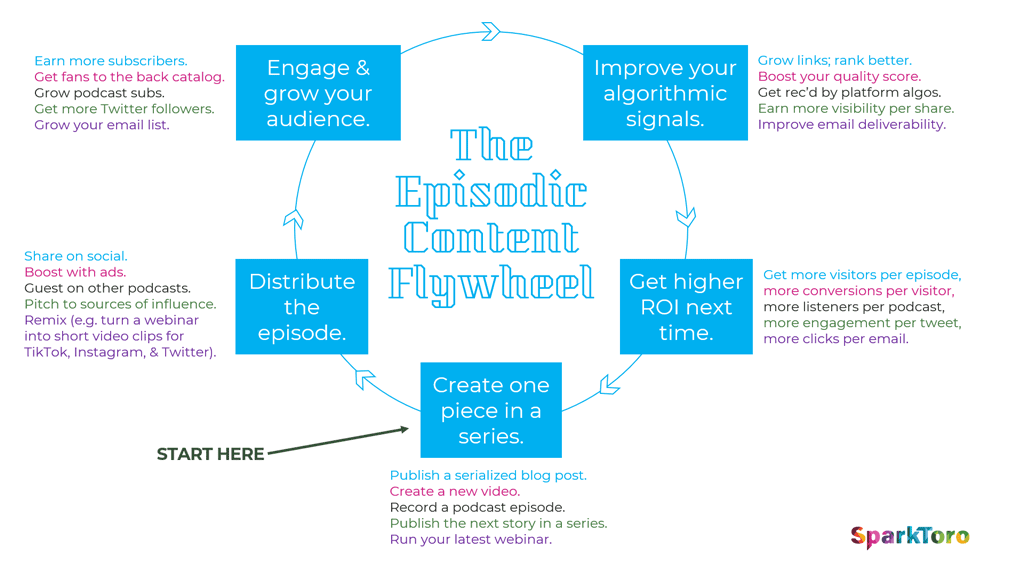Investing in Self-Promoting Episodic Content
Investing in episodic content that promotes itself is a valuable long-term strategy for online brands. The challenges lie in continuous creation and finding the right marketing approach to attract fans, subscribers, and amplifiers. Crafting episodic content that can be discovered regularly and self-promoted is key to success. Various formats like podcasts, webinars, blogs, newsletters, and social media accounts can qualify as episodic content.
The creation process involves choosing a format you enjoy creating, setting a manageable production schedule, and launching with multiple episodes ready. Despite initial challenges, the more content created, the easier it becomes over time. However, creativity levels may fluctuate during the process.
Episodic content investments take time to show positive ROI due to setup costs and the need for ongoing commitment. While distribution is crucial for success, many fail due to inadequate promotion efforts. To overcome this challenge, episodes should be designed to promote themselves through strategic tactics.
Ten tactical tips are provided to create self-promoting episodes effectively. These include targeting relevant topics, taking controversial positions, involving guest contributors, using visual assets strategically, leveraging distribution networks like Reddit or YouTube, and providing clear calls-to-action for viewers.
By implementing these strategies efficiently without significant additional work per episode, episodic content can transition from being challenging to highly rewarding in terms of engagement and ROI.
Customize Summary
Rewrite with AI
Generate Citations
Translate Source
To Another Language
Generate MindMap
from source content
Visit Source
sparktoro.com
How to Invest in Episodic Content that Promotes Itself - SparkToro
Key Insights Distilled From
by Rand Fishkin at sparktoro.com 01-19-2022
https://sparktoro.com/blog/how-to-invest-in-episodic-content-that-promotes-itself/
Deeper Inquiries
